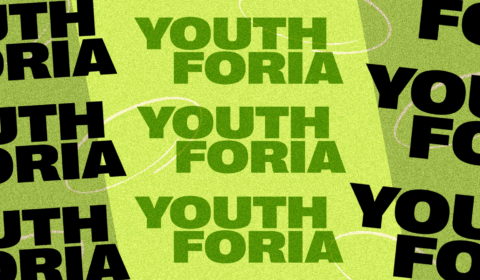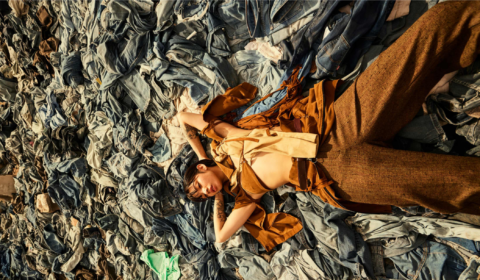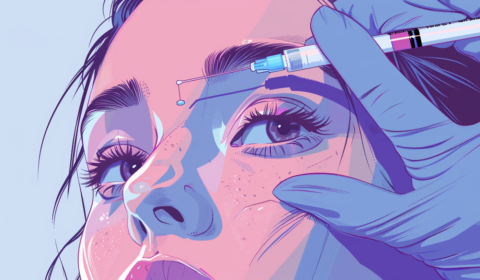For decades, strict labour laws in the US have hindered unionising efforts in creative industries like fashion. Thanks to the knock-on effects of the Hollywood strikes, however, – where workers are standing up against low wages and poor working conditions – the tide appears to be turning.
In July, hundreds of thousands of Hollywood actors swapped the red carpet for the picket lines and went on strike, after negotiations between studio representatives and the AMPTP and SAG-AFTRA failed to make a breakthrough.
The decision to walk out marked the first time in 63 years that both the SAG-AFTRA and Writers Guild of America unions had taken simultaneous action against movie executives and streaming giants, with the push back against low wages, poor working conditions, and a lack of sector-wide standardisation and transparency ongoing.
Now, celebrity stylists and costume designers are following in the footsteps of the stars they dress for red carpets and unionising over similar concerns, proving that disruption and dissatisfaction in creative industries has reached a tipping point.
‘We’re trying to create more structure, more regulation and make it safer and happier for celebrity stylists to turn up to do their job, because most of us don’t even want to be there anymore. We don’t have the money to foot up all the expenses ourselves,’ says Michael Miller, who founded the new Celebrity Stylist Union (CSU), which seeks to establish a baseline for fair pay and treatment within the sector.
‘We’re asking people to understand what we do, how long it takes, the costs involved and why what we’re given isn’t workable. We’re not trying to be greedy or difficult. We’re asking for our basic needs to be met and treated fairly.’


The Celebrity Stylist Union has been formed as part of BECTU (the Broadcasting, Entertainment, Communications and Theatre Union) and has seen a number of UK-based celebrity stylists come together in order to better protect their rights.



















